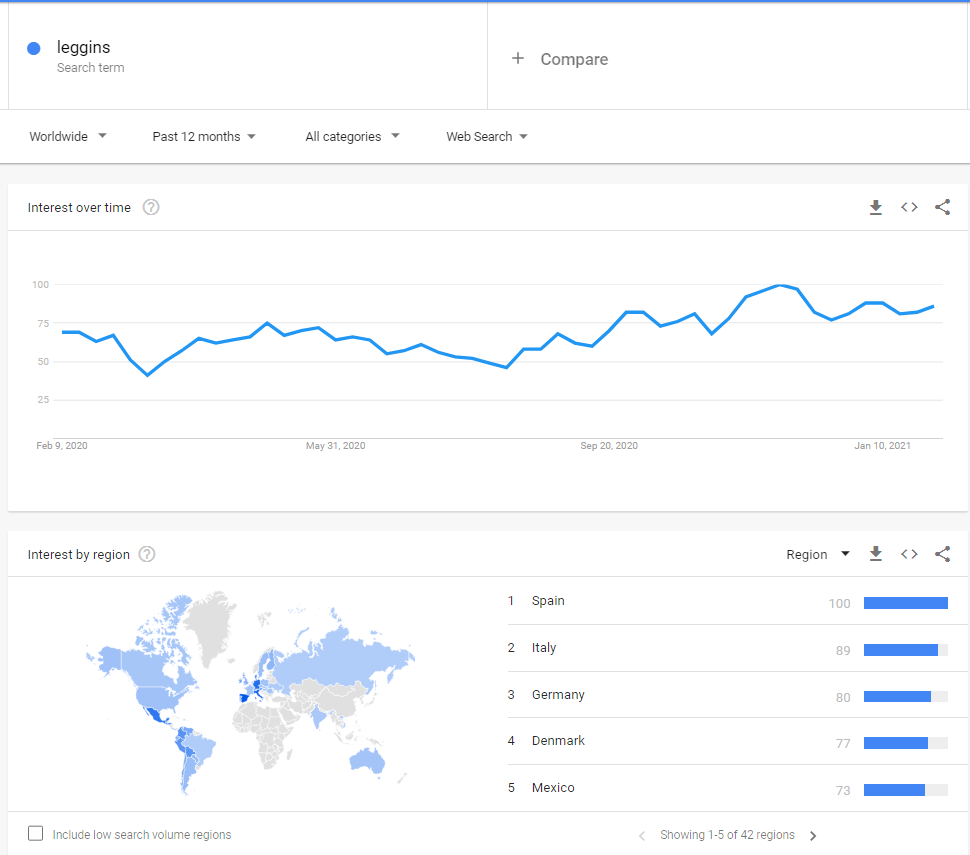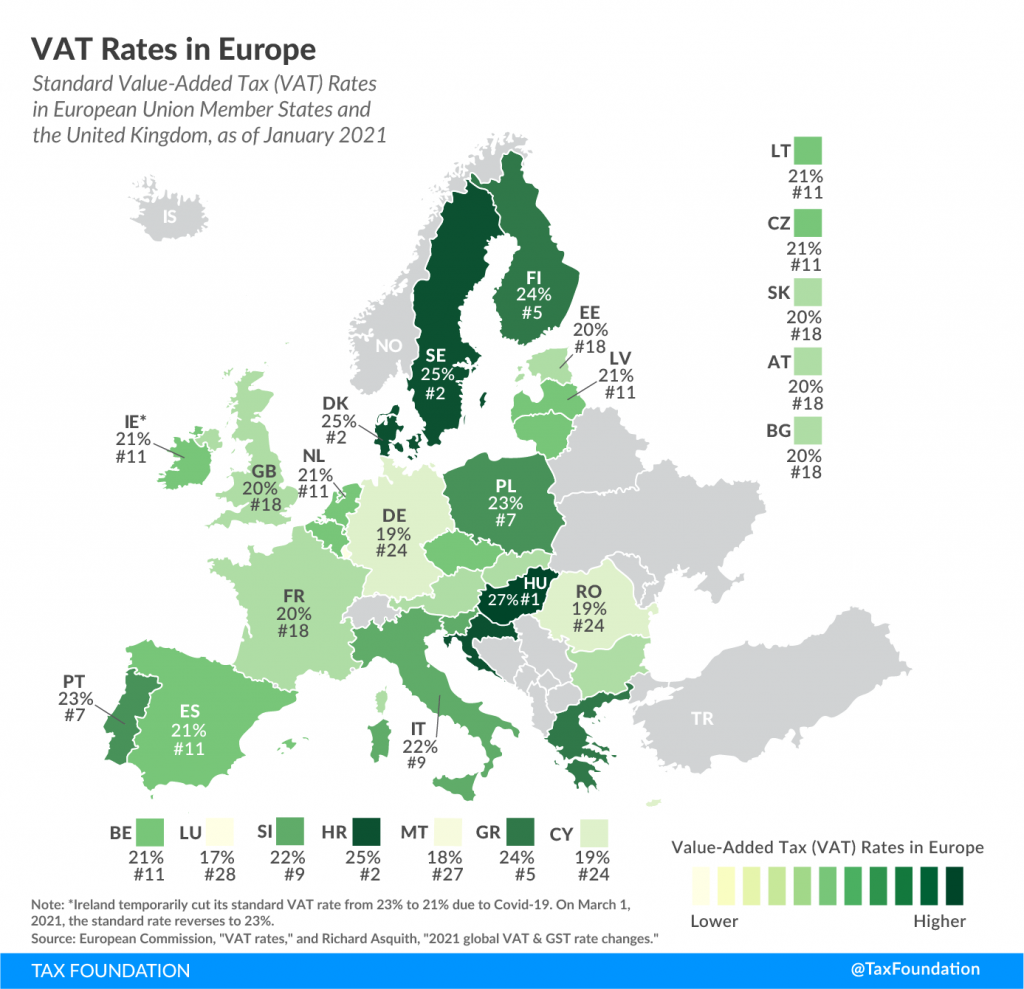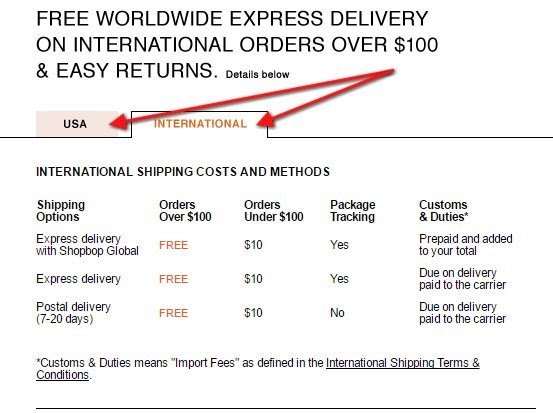Congratulations on a big business decision! If you’ve landed on this page, you must have a dream team supporting your ecommerce business and a stellar idea of how to sell products online internationally.
The global Cross-Border B2C Ecommerce Market size and trends was estimated at $780 billion in 2019 and is expected to reach $4,820 billion by 2026. Some of the most popular products purchased by and shipped to international buyers are clothing, books, and hardware & software.

Expanding into foreign markets surely means growing profits. But it also implies racing with big guys on the global market, so you have to come prepared for the challenge.
In this article, we’ll discuss how to sell products internationally online in five steps. We’ll cover the initial market research, legal issues, payment preferences, and other things you should consider in cross-border ecommerce.
Step #1: Research the Global Market
Before plunging into international ecommerce, you first have to do your homework and find your target market. There are two essential ways to do it: gather market intelligence and research local buying trends across countries.
Gather Market Intelligence
To gather and analyze market intelligence, you should look at your company’s current position in the market. What sets you apart from the competitors, who is currently buying your products, which products are most purchased — the answers to these questions will give you a clear picture of your capacity and potential to scale. Use the obtained data in combination with the government-funded tools, like the U.S. Small Business Administration, to see which markets would be the best fit for your business international selling.
Analyze Your Product Demand
To research the demand and local buying trends of your target market, you might take advantage of the SEO and digital marketing tools. Google Trends and Google Keyword Planner are of great help when it comes to finding an inspiration and checking the global demand for a product. More searches in a particular location will likely indicate higher demand, and vice versa.

Step #2: Consider Payment Methods
Accepting payments in international ecommerce is a double-edged sword, too.
Integrate Payment Gateways
For one thing, your online storefront should be flexible enough to integrate various payment gateways and accept multi-currency payments. For example, Magento currently supports 12 multicurrency payment gateways, like PayPal, Authorize.net, and Signifyd among others. So if you’re a lucky owner of a Magento storefront, you should have no problem accepting payments from abroad.
Read more: Magento Omnichannel: Why Magento Is a Top Choice for Omnichannel Retail?
Research Payment Preferences
For another thing, you’d better research local buyers’ preferred payment methods. This concerns both payment gateways and currency. Your customer will most likely abandon the shopping cart once faced with an unfamiliar or unavailable payment method. By 2022, the preferred payment method of global online shoppers should be eWallets (47%), followed by credit cards (17%) and debit cards (11%).
Accepting international credit card payments of Visa, Mastercard, and American Express is a must if you’re targeting international customers. If, on the other hand, you seek a more custom way to cater to your customers needs overseas, check the local payment preferences. Here’s an approximate breakdown of common payment methods by country:
- United States — Paypal, Discover, Apple Pay, and Amazon Pay.
- Canada — PayPal, Interac
- Australia — Paypal, POLi, ZIP
- Europe
- Germany — Giropay, SEPA Direct Debit, SOFORT, RatePAY + PayPal, Klarna, ApplePay
- France — Carte Bancaire, PayLib, PayPal, SEPA Credit Transfer, e-Carte Bleue
- Finland — Klarna, Trustly, PayPal
- Italy — Visa (including Carta Si and PostePay), PayPal, SEPA credit transfer, MyBank
- Russia — Webmoney, Yandex.Money, Mail.ru, Qiwi Wallet, Internet Banking Links (Alfa Bank)
- Latin America
- Mexico — Banamex (local debit card), cash payments (Oxxo, 7-eleven, Farmacias del Ahorro, Famsa, Circulo K)
- Chile — local credit cards (Ripley, Presto, Magna, Webpay), Red Compra (bank transfer)
- Colombia — cash payments (Via Baloto, Efecty, Banco do Bogota)
- Asia
- China — Alipay, WeChat Pay, Union Pay, Apple Pay
- India — Rupay (local debit card), PayU Wallet, MobiKwik, Citrus Pay, and Cash Cards (ITZZ card)
The list is based on the About Payments info and is not exhaustive, providing a general payment profile of each country and focusing mainly on eWallets.
Step #3: Study Legal Regulations
To sell products abroad, you have to become an expert in legal regulations of the country you’re exporting to (or at least hire one). The laws in a single country like the US diverge when selling to an interstate buyer, so imagine the trouble when selling products overseas.
How to sell products internationally online without violating any laws? Here are some legal issues you should look out for in international ecommerce:
Taxes — the amount of an entrepreneurial tax, your personal tax ID in a country, possible sales tax exemption and resale certificates.
Example: When exporting to the EU member states, value-added tax (VAT) of no less than 15% should be added to the price of all non-essential goods, including books, beauty products, and even some foods and drinks.

Shipping restrictions — any ban or special conditions on shipping of certain items. The products are checked at customs upon entry to the target country and should carry a customs form on the outside of the package.
Example: usually shipping restrictions apply to such product categories as aerosols, cigarettes, nail polish, perfumes, perishables, etc. Alcohol beverages and wine are also restricted from shipping in certain countries (see more info in a corresponding article of our blog).
Licenses and permits — a license required for a certain business type, activities, and location.
Example: online businesses are to be treated as brick-and-mortar stores and require the same seller’s permits. However, in countries like UAE you’d need to obtain an ecommerce-specific license.
When checking for regulations, you might dig into the free-trade regulations specific to your country of origin (see some links on the US, Australia, and Europe). They’ll help to reduce tariffs for international sellers and generally simplify the trade red tape issues.
Step #4: Review Your Shipping and Returns Policies
Creating a shipping and returns policy for international ecommerce means maneuvering between expensive fees that may hit your business and confused customers unable to ship the product back.
Establish Contact with Shipping Carriers
International shipping can be a real pain in the neck, but, fortunately, ecommerce owners have a few available options:
- International parcel carriers: DHL, TNT, FedEx, and UPS manage your shipment from beginning to end and can deliver any package worldwide at a set price.
- Fulfilment by Amazon (FBA) program: Amazon will take responsibility for sending your items as well as receiving returns from your customers to the local warehouses.
- Shipping consolidators: services like iGlobalExports or USPS group packages from multiple customers into one shipment that’s headed to the destination country, which is a great option for return shipping.
- Dropshipping partners in your target country: you can acquire business partners who will provide dropshipping services and can promote your business in target countries.
Add a Page on International Returns & Refunds
As for your return policy, make sure it complies with the local regulations and specifies the return shipping fees and conditions. Do not be afraid to list different rates for international buyers. Your customers will understand that shipping overseas might involve higher costs and longer delivery time and will appreciate you being sincere in your return policy.

You may also allocate customer support to help with returns and alleviate the customers’ burden with refunds. Mind the time difference, though: you might need to adjust to the customers’ day hours even if that means working night shifts in your hemisphere.
How To Write an Ecommerce Website Requirements Document
Tips, Tricks, and Best Practices
Step #5: Localize Your Online Storefront
Your online storefront also needs optimization before you start selling your product overseas. The least you can do is to localize the content of your website, currency, and language for your target audience. In the words of Shane Barker, digital strategist at Shane Barket Consulting,
Localization is the key to attract and engage new audiences. You should optimize your product content to make it relevant for customers in each of your target countries.
So even if your audience speaks all English, you might still need to add that “u” in the word “colour” and change to pounds for the British customers to notice your brand.
Localization takes time and effort and will also require you to reconsider your merchandising for the foreign markets. If you’re selling to the Middle East, do women have their heads covered in your ads? Is the red color of your logo relevant in China? Will the US target audience recognize a French Formula 1 driver? When selling products internationally, you should communicate the value of your brand in line with the local customer trends and expectations.
Nivea is considered a guru of ecommerce localization. Its storefront changes not only at the language level but also according to the climate, ethnicity, and national events in a particular locality.




Partner Up!
To sell products internationally online, you’ll need to connect with many professionals at each of the aforementioned steps. Multilingual customer service, drop shipping partners, local lawyers – all these people should help you enter a foreign market smoothly and attract more customers to your brand.
But most importantly, you’ll need an IT partner to develop a powerful online storefront capable of maintaining high-load traffic, numerous customizations, and easily scalable for cross-border ecommerce. Magento is an excellent platform for selling products internationally, and Elogic can ensure that you’re technically prepared for an overseas expansion.
We have vast experience working with customers selling abroad, like Joie, Varietal Cafe, and Umovis Lab, among others. If you’re looking to hire a development team for your online Magento project, get in touch with us!
FAQ
How to sell globally?
To sell globally, you need to carefully select your market, consider your payment options, apply the right marketing and localization for your store, research tax rules, and regulations, and then you can truly sell products internationally.
Why is it good to sell internationally?
By launching your business in international markets, you discover higher incomes. The number of clients you serve increases, and thus you get more profit. Each country you sell your products to increases your chances of success.
What are the best countries to sell products to?
Everything will depend on the products that you want to sell globally. As a rule, the markets of Europe (Germany, France, Italy) and East Asia, such as China, Japan, and South Korea, are the most attractive.


